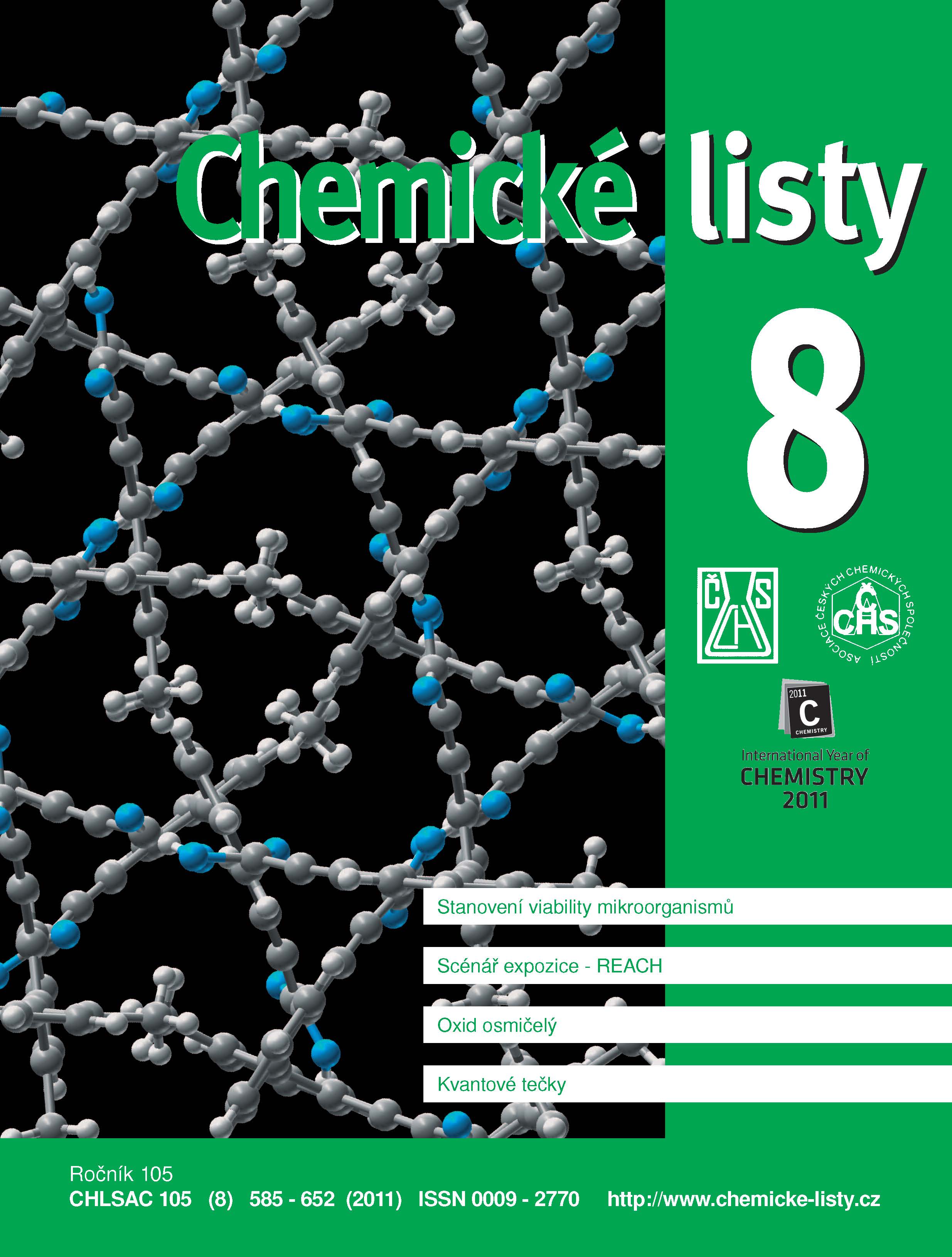Vplyv mikrovlnnej energie na selektívne lúhovanie Pb, Zn a Al z elektronického odpadu s vysokým obsahom Cu
Klíčová slova:
mikrovlny, lúhovanie, elektronický odpad, meď, hliník, zinok, olovoAbstrakt
The paper deals with the use of conventional and microwave-assisted leaching of copper, aluminium, zinc and lead from electronics scrap using 2 M HCl. The method has been investigated to improve the yields of extracted metals and to reduce the processing time. The leaching was carried out at the boil of the acid. The experiments were performed in a modified microwave oven, applying a full factorial design involving the acid concentration, the liquid/solid ratio and irradiation time. The impact factors and their interactions affecting the metal yields were different. The maximum recovery of Al, Zn, Pb was up to 90 % at 30-min leaching. The dissolution of Cu was negligible. The yields of Pb and Al were dependent on temperature, time and the method of leaching. The yields were 91 % after 60 min of microwave heating at 60 °C, and 83 % in the case of conventional heating. At 80 °C virtually all Pb went into solution after 60-min microwave leaching, while the yield of the conventional leaching was only 60 %.





